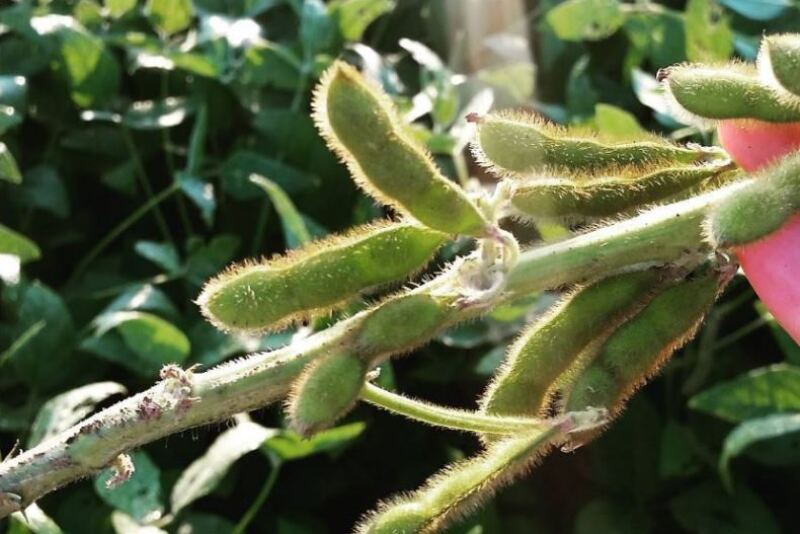For two days now, our route has seen some of the most persistent variability across the eleven different routes on the eastern leg of Crop Tour. It has been difficult for me to shake what I have seen first hand to what the data has been pointing to. If each driver of the eleven routes were to have been asked what they saw the first two days of Tour, each would have given a different answer and would likely be surprised to hear what some others have to say. One thing is certain though — the potential is there in both Indiana and Ohio to see a push for record yields. The key will be how weather is the next couple of weeks.
Our route started an hour and a half north of Noblesville, Indiana and worked essentially dead west from there. We pulled ten samples in Indiana before working into Illinois. One thing was very consistent among the corn crops we saw — disease. Ears were tilting and plants looked to be giving up despite the milk line being only a quarter of the way down the grain. A far cry from the “slow cooking” we continue to say is the best way to boost yield and test weights. Disease is weighing heavily on the crop and pushing it to black layer long before the crop’s potential can be realized. Now, it is still the third week of August and things can change, but the crop is maturing at a fairly rapid pace.
Our route only saw one soybean field with notable disease, and even then the disease pressure was fairly light. Soybeans have been resilient and stressed at the proper time to put up a noteworthy amount of pods. That increases the crop’s potential to boost yield higher, but additional rains will be necessary to help get the crop to the finish line. Even after seeing rainfall in the morning in portions of northern Indiana, the moisture rating for soybeans was still the lowest since 2014. That shows a real need for rain. Last year, pod counts were record high in Indiana with a much higher moisture rating. The crop still did not boast a record yield in 2024 due to the difficult finish the crop had. If Indiana is going to push to record yields as USDA anticipates, a few rains will be necessary in the coming weeks.
My route will be heading along familiar territory tomorrow. Key will be how crops have held up amid persistent rainfall in both Illinois and Iowa and if the disease pressure is as persistent as we saw in northern Indiana.

